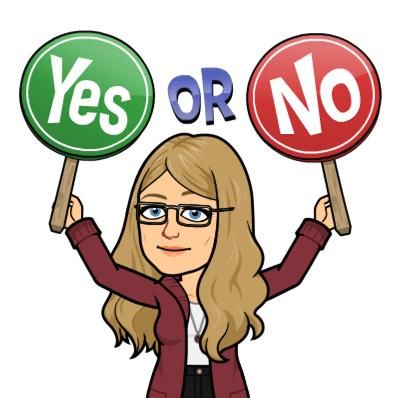
This logo isn't an ad or affiliate link. It's an organization that shares in our mission, and empowered the authors to share their insights in Byte form.
Rumie vets Bytes for compliance with our
Standards.
The organization is responsible for the completeness and reliability of the content.
Learn more
about how Rumie works with partners.
Meet Jane. She's attending a club business meeting to decide on the end-of-year celebration.
The club uses a parliamentary procedure to conduct business, which ensures that:
one thing is discussed at a time
the minority has a say
the majority rules
She needs to know how to handle a motion in order to participate.
A motion is a formal proposal by a member, in a meeting, that the group take certain action.
Did you know?
Obtain The Floor

When no one else is speaking, stand and address the presiding officer (known as the chair), then wait to be recognized.
Jane: Madam/Mr. Chair.
Chair: The chair recognizes Jane.
Jane now has the floor and can state their motion.
Did you know?
Make Motion

State your motion clearly and concisely, without any explanation.
Jane: I move that we spend up to $500 on a pirate themed celebration.
Sit down and wait to be recognized again during discussion to explain your proposal.
Second The Motion
Someone else in the group must now second the motion to signal they wish the group to consider the proposal.
Ruby: Second!
This ensures that the group doesn't waste time discussing something that only one person cares about.

Did you know?
Discussion
The chair states the motion, so everyone is clear on what the group is discussing, and then discussion begins.
Chair: It's been moved and seconded that we spend up to $500 on a pirate themed celebration. Is there any discussion?
As the maker of the motion, Jane gets to speak first to explain her proposal.
Anyone else who wants to speak must first be recognized by the chair.

Did you know?
Vote

When discussion ends, the chair restates the motion, then calls for a vote.
Chair: Seeing no further discussion, the question is on the motion that we spend up to $500 on a pirate themed celebration.
All those in favor, say aye. (Count the number in favor)
All those opposed, say no. (Count the number opposed)
Did you know?
State Results
The chair now states the results of the vote and the action the group will take.
 If the motion passes:
If the motion passes:
Chair: The ayes have it and the motion is adopted. We will spend up to $500 on a pirate themed celebration.
 If the motion fails:
If the motion fails:
Chair: The nos have it and the motion fails. We will not spend up to $500 on a pirate themed celebration.
What happens next?
Chair: Is there any further new business?
Repeat: obtain the floor, make motion, second, discussion, vote, state results.
Quiz
What does Ruby seconding the motion mean?
Seconding in a motion just means you think it should be discussed. The person who seconds the motion is not required to speak or vote in favor of the motion.
Did you know?
Take Action

This Byte has been authored by
Kitzzy Avilés
Instructional Designer, Leader and Facilitator
Master's Degree